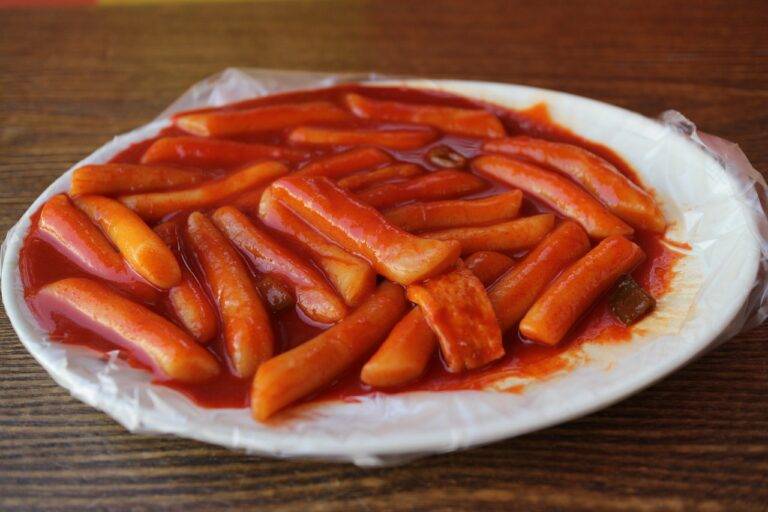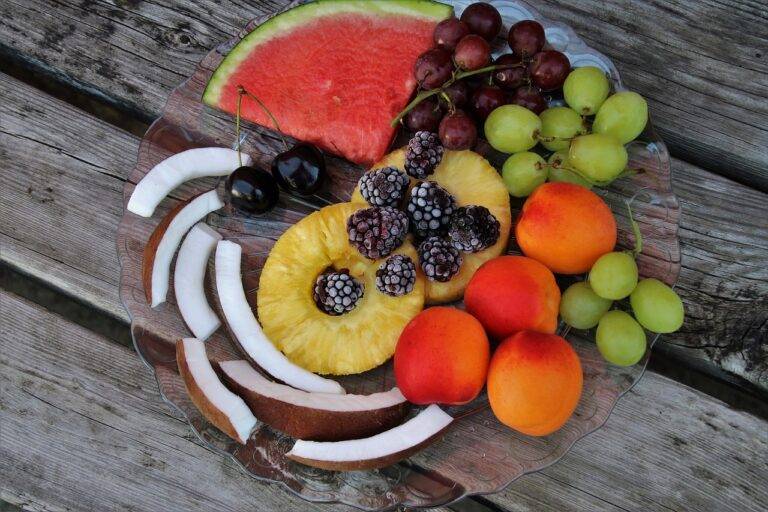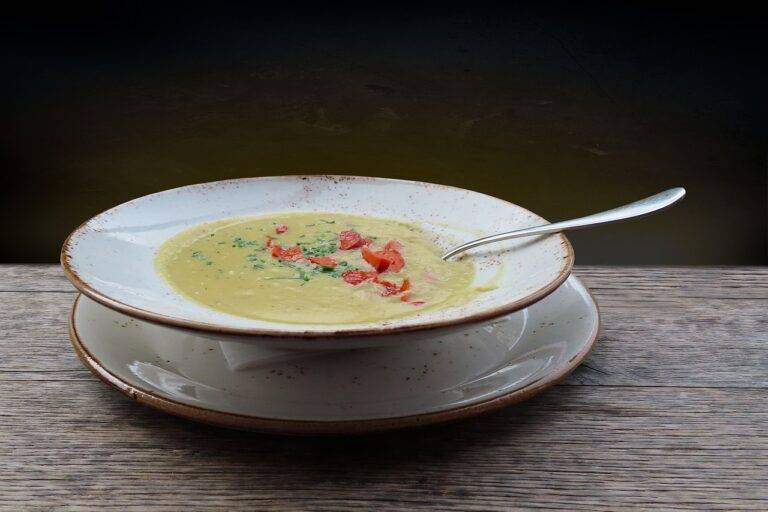How to Create the Perfect Bento Box for Lunch
When selecting a bento box, consider the size that fits your portion needs. If you prefer smaller meals or snacks, a compact bento box might be sufficient. However, if you typically consume larger meals, opt for a bento box with roomier compartments to accommodate your portions comfortably. Assessing your portion size requirements is key to ensuring that your bento box meets your needs effectively.
Another factor to contemplate is the material of the bento box. Bento boxes can be crafted from various materials such as plastic, stainless steel, or wood. Each material has its unique benefits and considerations. Plastic bento boxes are lightweight and often dishwasher safe, making them convenient for daily use. On the other hand, stainless steel bento boxes are durable and eco-friendly, ideal for those seeking a more sustainable option. Wood bento boxes exude a traditional aesthetic appeal but may require extra care in maintenance. Select the material that aligns with your lifestyle and preferences for a satisfactory bento box experience.
Selecting the Best Ingredients for Your Bento Box
When it comes to selecting the best ingredients for your bento box, focus on incorporating a variety of colors, textures, and flavors. Opt for fresh produce such as crisp vegetables like cucumbers, carrots, and bell peppers, as well as juicy fruits like berries or citrus segments. Including a good mix of lean proteins like grilled chicken, tofu, or hard-boiled eggs can add substance to your bento box.
Additionally, don’t forget to include whole grains such as brown rice, quinoa, or whole wheat pasta to provide sustained energy throughout the day. Nuts, seeds, or edamame make excellent additions for a boost of healthy fats and added crunch. Lastly, don’t be afraid to experiment with different herbs, spices, and sauces to elevate the flavors of your bento box and keep things interesting.
Balancing Nutrients in Your Bento Box
One key aspect of preparing a well-balanced bento box is to ensure that you include a variety of nutrients. Aim to incorporate different food groups such as proteins, carbohydrates, fruits, vegetables, and healthy fats. This diversity will not only make your bento box visually appealing but also provide a range of essential vitamins and minerals for a balanced meal.
In addition to including a variety of food groups, pay attention to portion sizes when assembling your bento box. Try to strike a balance by including appropriate portions of each food group to provide a satisfying and nutritious meal. Remember that moderation is key, and by ensuring that each component is in the right proportion, you can create a bento box that is both delicious and nutritionally balanced.





